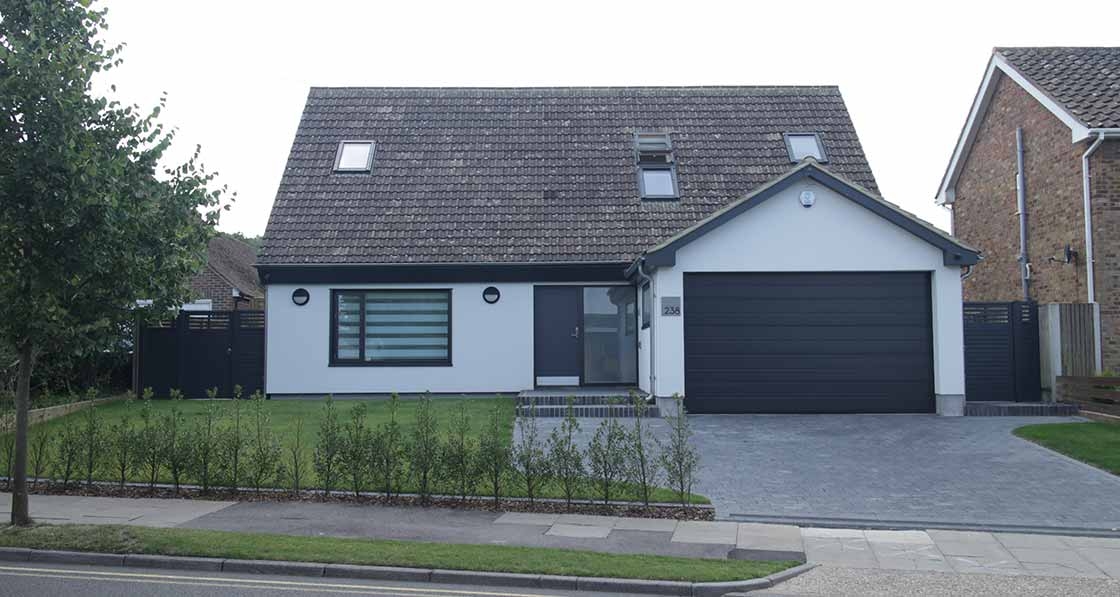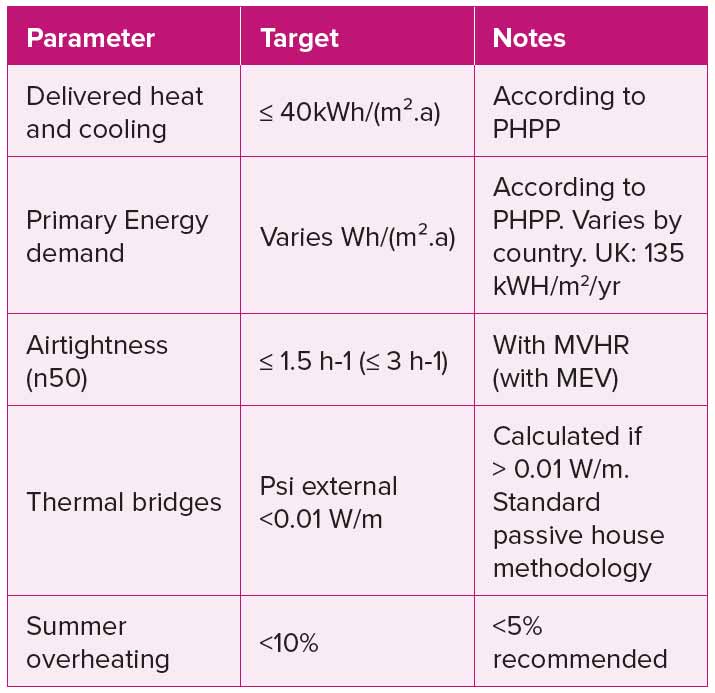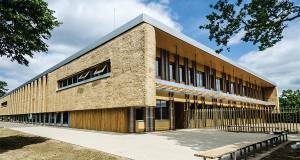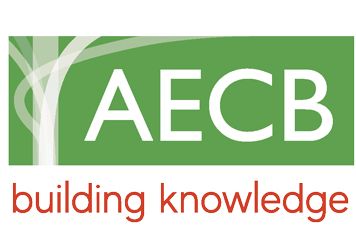
- Blogs
- Posted
What is the AECB Silver Standard?
In the current policy vacuum, many questions have been raised about the future of sustainable construction. Despite this uncertainty, there is a steady growth of interest in the AECB Silver Standard, writes architect Mark Siddall.
This article was originally published in issue 22 of Passive House Plus magazine. Want immediate access to all back issues and exclusive extra content? Click here to subscribe for as little as €10, or click here to receive the next issue free of charge
In the right hands, compared to the way the industry currently works, the AECB Silver Standard can be used to dramatically improve design and construction practice.
The standard was designed for new buildings but has recently been used successfully to improve existing ones. It can also deliver signifi cant benefits in occupant health and well-being, thermal comfort, good air quality and of course, lower energy bills.
AECB Silver can be used as a certifiable, coherent and cost-effective first step on a journey towards adopting the passive house standard. It is considered a sensible building standard in its own right, by reference to government standards abroad, such as Canada’s R-2000 or Switzerland’s Minergie.
Or it can be a backstop standard for projects aiming at passive house, but just falling short because of an unexpected design or construction situation.
On average in the last four years, 30,000 people per winter have died in England and Wales from conditions brought on by the cold. It is estimated that approximately 2,000 to 7,000 people per year will die of heat-related causes by 2050, triple current levels. The AECB Silver Standard is firmly positioned to help address both of these problems.
With adequate knowledge and understanding, it’s straightforward for AECB Silver to deliver passive house type levels of thermal comfort. The main difference is slightly higher energy bills and slightly higher carbon emissions from the building’s heating system, assuming that the heating system is unchanged.
One key benefit offered by the standard is a wider choice of, for example, windows and doors or ventilation systems. Unlike some standards, you are not bound into using particular technologies; instead it is for the project team to determine the best way ahead. This gives considerable opportunity to consider design strategies that resolve both the budget and performance requirements.
At the same time, by having a firm focus upon the fabric, the standard encourages homes and buildings with low maintenance and a long life.
While you don’t need to be a certifi ed passive house designer to design to the standard, it helps. Crucially, someone in your project team will need to be competent in the use of the Passive House Planning Package (PHPP). You’ll also need someone with a good understanding of how to design out thermal bridging and achieve good standards of draught proofing.
To make AECB Silver easier to achieve, the client and design team should make use of AECB CarbonLite guidance to guide crucial early decisions. However there are two powerful rules of thumb. A simple building shape with a low ‘form factor’ significantly reduces costs and helps achieve excellent airtightness with ease. An early review of the designer’s / contractor’s preferred method of construction is essential, to make designing out thermal bridges easy. It also helps ensure draught proofing measures are simple, aff ordable and eff ective to deliver.
If you are the client, you should ideally look for a project team with experience of delivering very low energy buildings. Or failing that, at least seek those who can provide evidence of relevant low energy CPD or passive house and AECB CarbonLite training. One of the best ways to verify their ability is to request records of built projects’ airtightness targets and actual results. If your project team needs briefing on the basics, they can download the AECB Silver Standard Guidance for free from the AECB website. Once they have joined the AECB, they can download very useful example low energy construction details for masonry and timber frame building based around different construction methods.
If you’re an inexperienced designer and you want to hone your skills, then you may wish to consider attending a CarbonLite Training Course. Another option might be to hire an expert for a brief design review before key decisions become irreversible.
Th cost of third party certification can be onerous, especially on individual buildings. One great advantage of the AECB Silver evidence-based certification process is that the certifier can be a nominated member of the project team. Upon completion and uploading of the design and construction evidence, the AECB issues a certificate for the project.
Whether it is a home, office or hotel, or other structure, if you intend to create a high-performance building by UK standards the AECB Silver Standard may be what you are looking for.
For residential design, the moderately stringent space heating demand suits low-rise UK housing, ie. not just the dwelling types more common in some other European countries.
For instance, up to 50% of all dwellings in Germany and Sweden may be flats.

Developed and refined over nearly a decade, AECB Silver has become increasingly aligned with the quality assurance that supports the passive house standard. By having the Passive House Planning Package (PHPP) at its core, AECB Silver is indirectly backed up by all the scientific rigour of the Passive House Institute.
This year the AECB is reviewing the standard’s criteria, in the light of feedback to date and developments in building practice.
The team are also considering improvements to the self-certification system in the light of recent CarbonLite Retrofit Programme work to extend the system to include moisture-robust retrofit certification.
If you would like to build a project to the AECB Silver Standard, you can find out more at http://tinyurl.com/aecbsilver
Related items
-
 Energy poverty and electric heating
Energy poverty and electric heating -
 Three books and a taxi ride
Three books and a taxi ride -
The transformative power of industrialised retrofit
-
Tripling EU / UK Energy Efficiency Policy: the NZEB
-
 September’s AECB environmental construction conference seeks to spark debate among industry experts
September’s AECB environmental construction conference seeks to spark debate among industry experts -
 Material matters - A palette for a vulnerable planet
Material matters - A palette for a vulnerable planet


